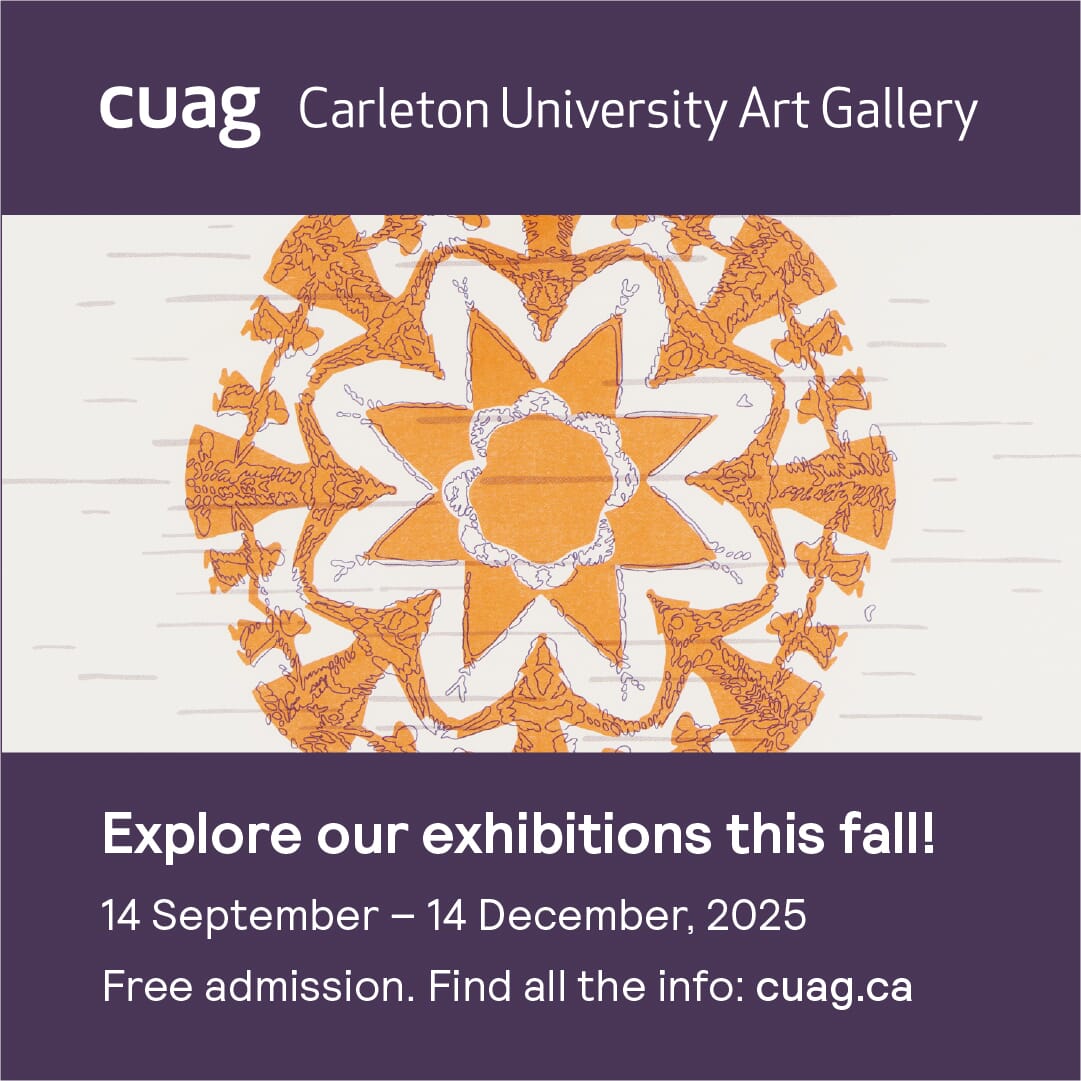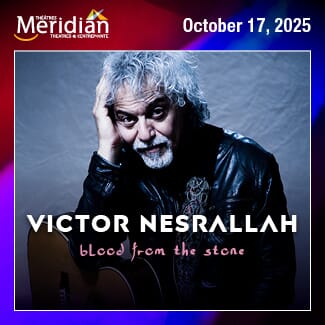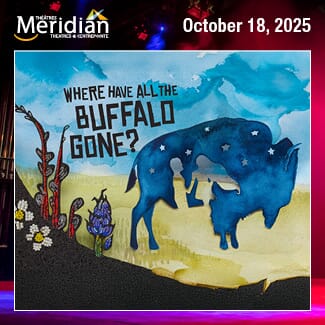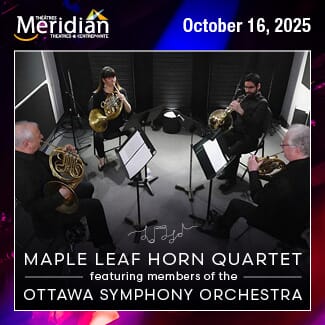By: Wayne I. Henry

Raphael in his creative space. Photo provided.
Raphael Weinroth-Browne is an internationally renowned Canadian cellist and composer who makes his home in Ottawa. He is among a small cadre of cellists worldwide re-imagining how the cello is played and how we hear it. He has played on Juno award-winning albums, performed in front of over 40,000 people at the world’s biggest metal festival, made viral YouTube covers, and worked closely with contemporary dancers on multidisciplinary collaborations. In 2016, Raphael was recruited by Norwegian progressive rock icon Leprous and has since been featured prominently on their latest three albums and has played over 200 shows with them in Europe, North America, and the Middle East.
His collaborative efforts include the band Musk Ox (with Nathanael Larochette on nylon string guitar and Erik Johnson-Scherger on violin) and in 2020 he released his debut solo album, Worlds Within, to critical acclaim. Raphael is now recording his much-anticipated follow-up to Worlds Within and this is the subject of our interview. The following is an excerpt from our discussion.
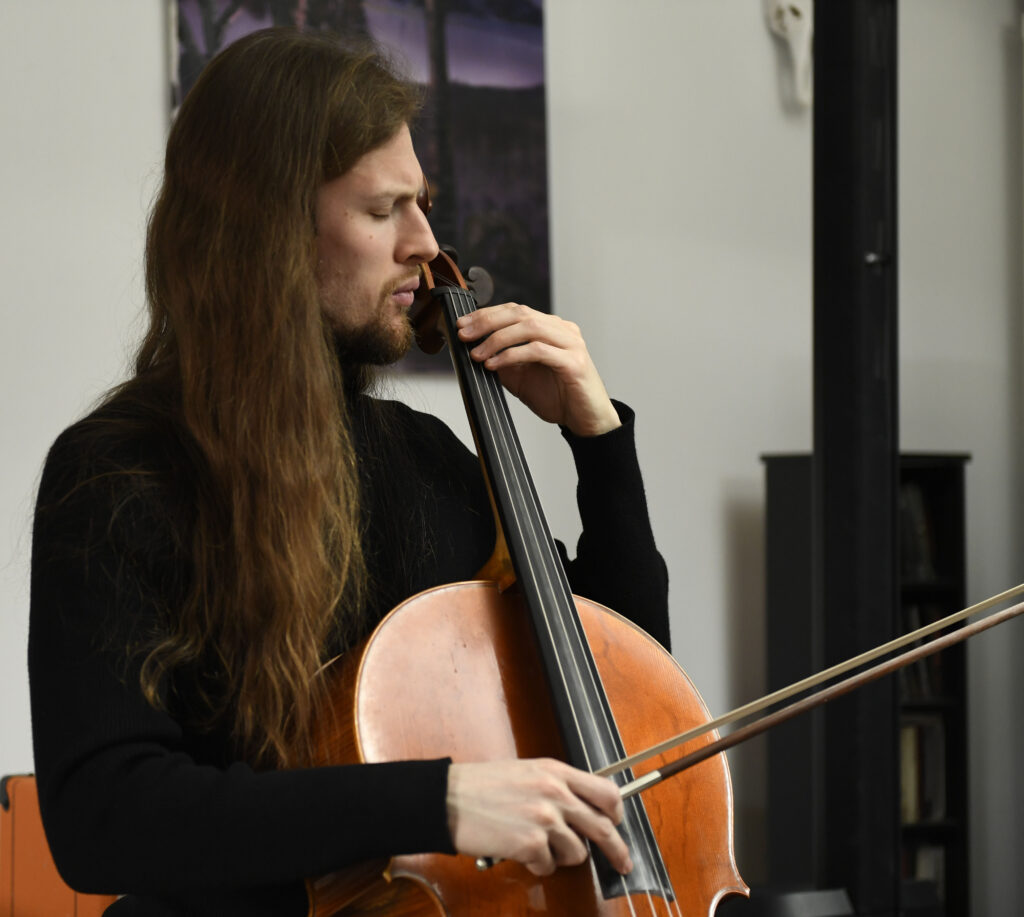
“… Sometimes I’ll have an ideation process and I’ll get into a zone, and I’ll record the idea–just something rough–but it captures the moment.” Photo provided.
WIH: Hi Raphael. I’m interested in exploring the creative process underlying this work. I’m wondering about this album, where did this conception come from?
RW-B: [A] lot of this material pre-dates Worlds Within. I would say that it’s all based around the looping technique, but I’m now interested in incorporating that in a way more based on virtuosity and cellist invention. So, a lot of the work on this record combines those two elements where you have a completely unaccompanied cello juxtaposed with looped cello and soundscapes and more expansive textures and more layering. The use of a single motif and turning that into a whole architecture and allowing it to develop during that stretch.
I would say that my understanding of what’s possible with looping and how to create compelling compositions with looping has increased, and it’s because of Worlds Within, because that record forced me to learn how to play something that was never intended to be played live and render it in a concert setting effectively.

Photo provided.

“I’m now interested in incorporating looping in a way that is more based around virtuosity and cellistic invention.” Photo provided.
WIH: So, coming back to the idea of a concept for the album, I think what I’m hearing now is, “Well, yeah, sort of, but it’s emergent.”
RW-B: Absolutely, yeah. I would say that I try to stay open to other ideas if I think they might be better musically instead of adhering to what I’ve always done. I think that with all my work, it’s difficult for me to envision what the concept is at the outset, or even during the process of creation. I try to figure out what it is. It’s kind of like discovering a statue in a lump of marble. With Worlds Within, I had a better idea of the concept by the end, but even after the record was released, I had a very difficult time articulating it. In a way, I was fortunate because I had this time over the early pandemic where I thought, “Okay, I’ve got to get this album out there and I need to somehow kind of get more in touch with what it represents for me.”
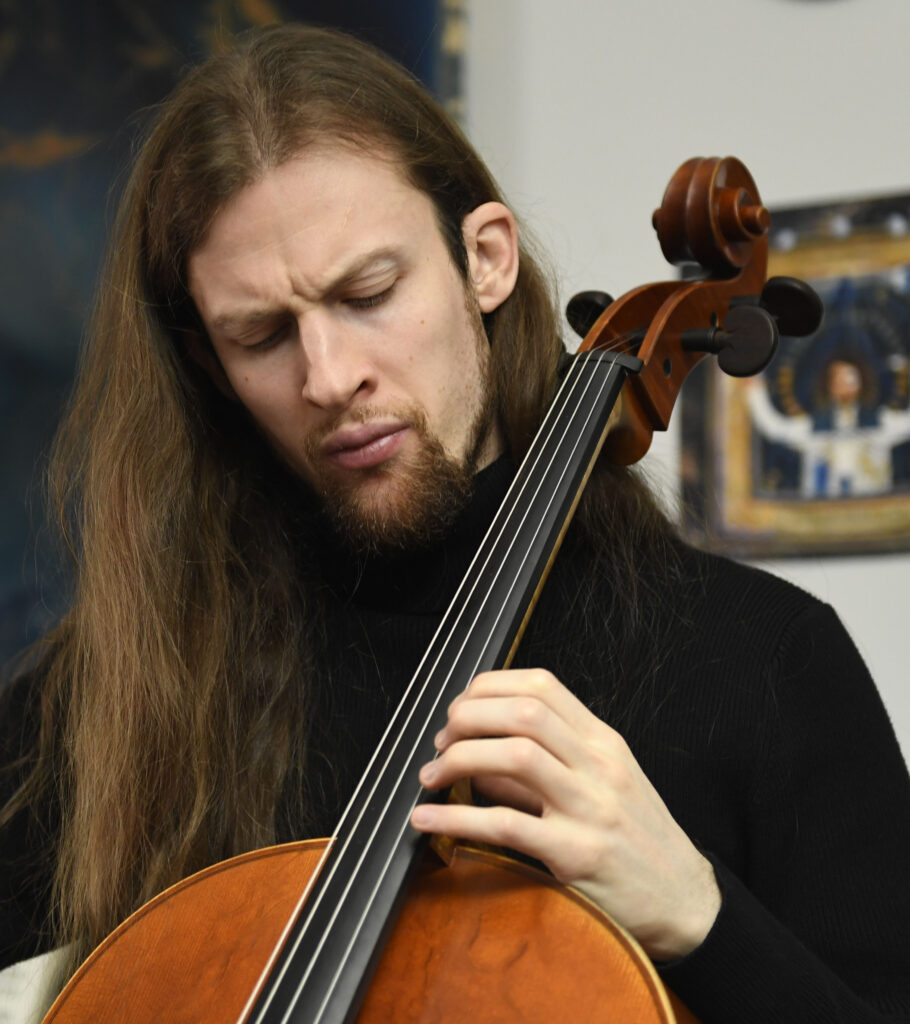
“I really want to lean into the defining emotion of each piece.” Photo provided.
WIH: About technique, I’m reminded of a comment you made at the recent Musk Ox show at Carleton University. You said, about a tune the band had just played, that you think of it as a note to your future self to practice hard because this shit is still hard.
RW-B: Well, it’s exciting to see someone pushing to their edge a little bit and not just staying in their comfort zone. It’s not necessarily why I write it, but certainly with this work. Actually, with this album, I will say this: I am trying to expand the boundaries of the cello. I’m trying to push and pull and see where I can take it that hasn’t been done before; to make a cello record I haven’t heard before. So, part of that involves doing things with tuning that are different. There’s only one piece that uses standard tuning on this record. To use pedals and a certain way, to use effects or to do things compositionally that are surprising. In a more overarching way, to do a kind of storytelling.
I feel that, with this album, it’s very much about… each piece is its own short story, they’re kind of like these fables and they’re all kind of set in a different world with different characters, but I think they kind of relate to each other in that way.

“I think it’s exciting to see someone pushing to their edge a little bit, you know, and not just staying in their comfort zone.” Photo provided.
WIH: Worlds Within started with a very brooding tone—a kind of quiet intensity. Almost ominous.
RW-B: Yeah, it’s very atmospheric in the beginning, and I think the whole idea there was to have this slow and very gradual build-up. The build-up was very intentional. So, that was a very intentional dynamic shape—to make the whole record feel like one gesture.
With this new record, I’m intentionally not doing that. Each new piece will have its own impulse and its own… kind of trajectory. But most of the time, it will end on a high note. So that’s the big difference, I think. Four pieces on the record end up here *gesturing to indicate a high position with his hand*.
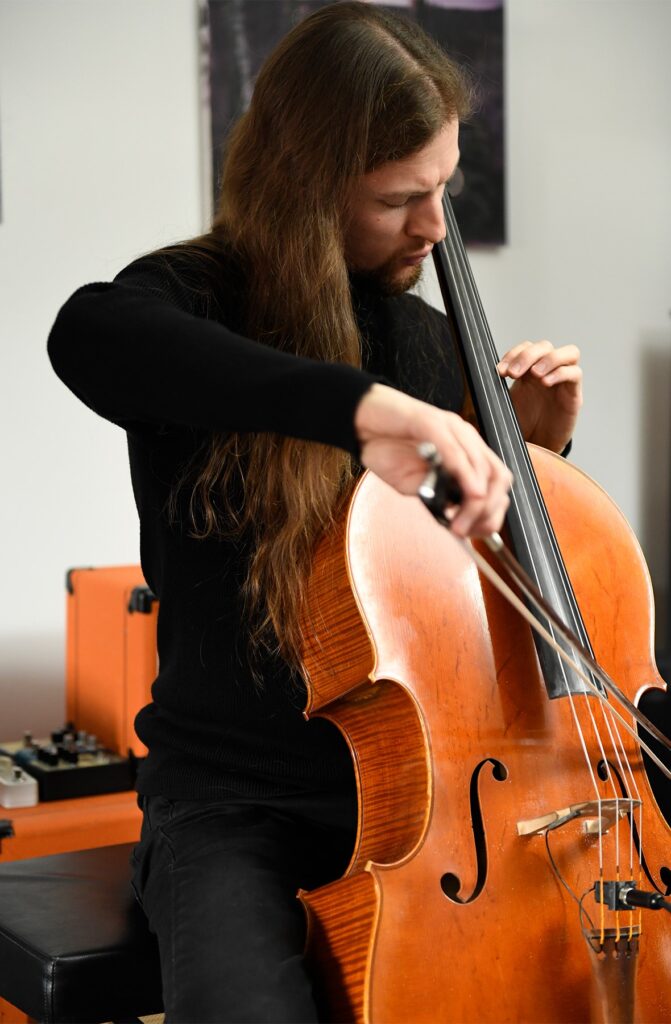
“I feel that, with this album, it’s very much about … each piece is its own short story, they’re kind of like these fables and they’re all kind of set in a different world with different characters.” Photo provided.
WIH: In the sample from the new album made available online, I thought I was hearing Morrocan sounds and rhythms, and I’m wondering if you could comment on that.
RW-B: Yeah, I would say that the presence of Middle Eastern inspiration in my music is a big one. Listening to music from the Arab world so much has permeated my playing and composing style. It’s just something that comes very naturally to me. I feel that it evokes something in a way that’s transcendent, spiritual or… you know. It’s not mundane; it’s not pedestrian in any way. It just sort of takes you into this other realm, this sort of timeless world and I think it creates the feeling of the past and the future at the same time, together if you wield it in a certain way. That’s what I like to do: I like to have this feeling that the music is impossible to place in a specific period and that it’s both ancient and futuristic. So, there’s this feeling of danger in it.

Raphael in live performance, Ottawa, 05.04.2024. Photo provided.
You can see Raphael perform music from his new album this summer at Bluesfest. Go to his website for details.






